–> (Zur deutschsprachigen Version) <–
For several years now, some friends and I have been collecting all kinds of information on Viennese coachbuilders of the 1950s. Especially for those who converted Volkswagen buses – more precisely panel vans as delivered from VW factory – back then. And in general many Austrian workshops worked on the bodies of these practical transporters!
In general, I’ve been passionate about this topic since 2012. At that time, the only known Kohlruss bus was found in a forest in Carinthia. Since then, our small team has managed to track down a handful of former owners of such vehicles and collected a few stories. Of course we also already have many old photos of these special excursion buses that we have collected offline as they keep popping up from time to time. One day a book will be created on this topic, which will present all these interesting photos and reports.
Unfortunately, many of these body shop companies disappeared since decades, the owners or employees have already died and so a lot of knowledge has unfortunately been lost over the years. Sometimes we discover photos and wonder who might have built the shown special excursion bus. But even after about 70 years, the one or other puzzle can still be solved – just as shown in this particular case, that i successfully managed to enlighten.
It was already two years ago when I saw an advertisement for the Kastenhofer company in an old magazine from the early 1950s. It included a photo that shows a workshop hall – filled with eight Volkswagen Barndoor buses all lined next to each other. These buses have some interesting features. The windows behind the B-pillar immediately catch your eye – as they clearly aren’t normal windows. The third window in the passenger area is considerably longer than the two in front. In addition, all the added windows have an aluminum frame. If you take a look at the buses in the background, most of them have an additional small light at the front end of the roof. Another interesting detail that you only notice at the second look is the wooden frame of a window inside the bus in the first row. If you look at the rear end of the roof rack and mentally extend the vertical lines downwards – you end up at the second window in the passenger compartment. On the upper edge of the window frame you can see that the flash from the camera is reflected on the polished surface of the aluminum. Right there you have to look through the bus to the inside wall on the opposite (passenger) side – and quickly discover a large, bright, rectangular frame on the inside of a window, most likely made out of wood.
It is truly a very interesting photo. But nevertheless this photo fell into oblivion again in the course of the last two years and disappeared between many other pictures of converted VW buses in my picture archives …
At the beginning of January 2020, my friend Martin Židuljak from Slovakia contacted me. He found a Volkswagen Transporter, built in 1952. We both immediately knew that this bus was not a normal window bus, because despite the strange windows, the bus still had the upper ventilation slots in the rear side area. A clear evidence that the bus left the VW factory as a closed panel van. It was immediately clear to us that the conversion was the work of a coachbuilder, but I couldn’t say anything more about it. Martin also told me that a faded „A“-Sticker on the back revealed that the bus had its origins in Austria.
The scene regarding air-cooled VWs is quite big, distributed globally and very active on the streets as well as in forums and social networks. Nevertheless there was nobody who could provide further information about this special converted bus.
My friend Valentin Eggbauer, whom I support with his book project mentioned above, immediately recognized a resemblance to a photo from his collection. This vintage black and white photo shows a bus with a Viennese license plate. Unfortunately 3 men standing in front of it, are covering the passenger side of the bus a little bit. Nevertheless, you can see very well that the bus was also a panel van – as this vehicle also still has the upper ventilation slots. In addition, you can see the fitted windows with aluminum frames. And as a bonus, the transporter shown has an additional light in the center of the front on the roof. Right at this particular point, Martin’s bus also has two holes in the roof – most likely also for the installation of such a headlight.
Many months passed. It was early September 2020 when i discovered some new photos of other austrian coachbuilt buses. So once again I saw through various of my folders with our collected pictures. Bingo! Then I finally discovered the Kastenhofer ad again! For me it was an instant proof that Martin’s bus is a vehicle built by Kastenhofer workshop in Vienna – due to the many matching details! We both were very happy!
Of course, I researched the topic in more detail and very soon I contacted Mark Reynolds from the United Kingdom, who owns a 1953 Volkswagen Bus. I already had this bus in the back of my mind in January 2020, precisely because it bears a strong resemblance to Martin’s green bus . But at first lets get into detail with Mark’s bus in England. It is a former company fire brigade bus of the „Oberösterreichische Kraftwerke AG“ (short: OKA) – today „Energie AG Oberösterreich“. This company was based in Gmunden, Upper Austria. The red fire service bus has windows with the same proportions as Martin’s green bus. In addition, the long rear windows on both buses have a crank-operated function to roll them up/wind down.
Below are a few matches between the two vehicles. Note the door panels, the special mechanisms of the cranked windows with wooden frames and the interesting sun visors as well as the covers for the inside area of the upper ventilation slots. Additionally both buses do have glas panes built in with logos from „Sicherheitsglas STELZL Wien“ – a company from Vienna that used to produce glases. The red bus also had the holes in the roof, but they got closed by welding a few years back.
1953 „Betriebsfeuerwehr OKA Gmunden“ – Mark:
1952 VW Bus barn find – Martin:
About Kastenhofer – the companies history
In July 1913, Ignac Kastenhofer officially founded the company „Ignac Kastenhofer & Cie“ with three other men as his partners who were mentioned in the official commercial register. The workshop was based in the 3rd district of Vienna.
They built car bodies and aluminum superstructures of all kinds. Initially, the company was also active in aircraft construction, but this activity soon stopped.
In early 1914 the 3 other owners already left the company, before a certain Mr. Ing. Isidor Pordes joined the company as a partner on April 24th, 1914.
In the spring of 1917, after only about 5 years, the namesake Ignac Kastenhofer left the company and Isidor Pordes was the sole owner from now on. In the same year the company moved to Margaretenstrasse 105, 1050 Vienna.
In the course of the First World War, at the instigation of the K. & K. Army, the workshop area of the Kastenhofer company was extended to the neighboring properties in order to be able to cope better with the many orders of the army. However, this was only a short-term solution that – contractually regulated – was reversed after the end of the war.
In 1921 Mr. Pordes acquired the property at Margaretenstrasse 105, which was only on rent previously. At the end of this year they began with auto parts trading.
Since the company was already well established in the 1930s, it survived the economic crisis very well. The workshops and warehouses were rebuilt from 1936 to 1937.
During autumn of 1938 a temporary administrator took over the management of the company before it was sold in 1941.
It was not until 1947/48 that Mr. Pordes succeeded in regaining ownership of his company. The time after the Second World War was generally very successful for the Kastenhofer company – due to the cooperation with various car manufacturers.
While Ferry Porsche built the prototype Porsche 356/1 (initially called „VW Sport“) and officially approved it for road traffic in the summer of 1948, various Viennese companies such as Tatra, Keibl and Kastenhofer were already commissioned to work on other bodies for the Gmünd-Series of the Porsche 356/2.
A Porsche 356/2 Cabriolet built by the Kastenhofer company with the chassis number 004 was exhibited at automobile fairs in Vienna and Geneva around 1949.
About at the same time, the Kastenhofer coachbuilder shop was also working with Wolfgang Denzel. Denzel designed sports cars similar to Porsche. They also were initially based on Volkswagen chassis and were also operated by such engines – hence the initial name „Denzel (WD) VW-Equipment“. With this sports car, Wolfgang Denzel achieved various successes in motorsport.
Denzel’s oldest surviving car (dated 1949) was also bodyworked in 1948 in the Kastenhofer workshop in Vienna. This vehicle can still be seen today in the Prototype Museum in Hamburg.
With the beginning of the 1950s and the introduction of the Volkswagen Transporter, almost all Viennese coachbuilders used the potential of this versatile vehicle and converted panel vans into window buses, camping vehicles and advertising cars. Of course the Kastenhofer bodywork factory also did that, as the following photo shows:
This photo is another pretty clear proof that the buses pictured above (1952 green, 1953 red) were converted into window buses in the Kastenhofer workshop – and are thus the only known, extant Kastenhofer buses.
In 1957 Mr. Isidor Pordes leased the company, in 1980 the “IG. Kastenhofer & Cie.” then got permanently deleted from the company register. The factory halls at Margaretenstrasse 105, 1050 Vienna were demolished and in 1992 a municipal building for the City of Vienna followed in the same place.
Last but not least – for everyone who still is not convinced, here is another comparison. It shows the two still existing buses photographed from the same perspective as the bus advertised by Kastenhofer in the 1950s.
In general, I am incredibly happy that I was able to retrace another missing piece of the Austrian automotive history!
In memory of Alfred Machaczek (* 1925- † 2016) – a veteran of the Viennese body shop scene – without whom this invaluable information would not have been available today.
Many thanks also to:
Martin Židuljak – VansofVW
Mark Reynolds – User: 47oldtimer on Instagram
Pal Negyesi – CE Auto Classic
Valentin Eggbauer – Rentabulli.at
I look forward to questions, suggestions, praise or suggestions for corrections. For this purpose you can reach me via the contact page.
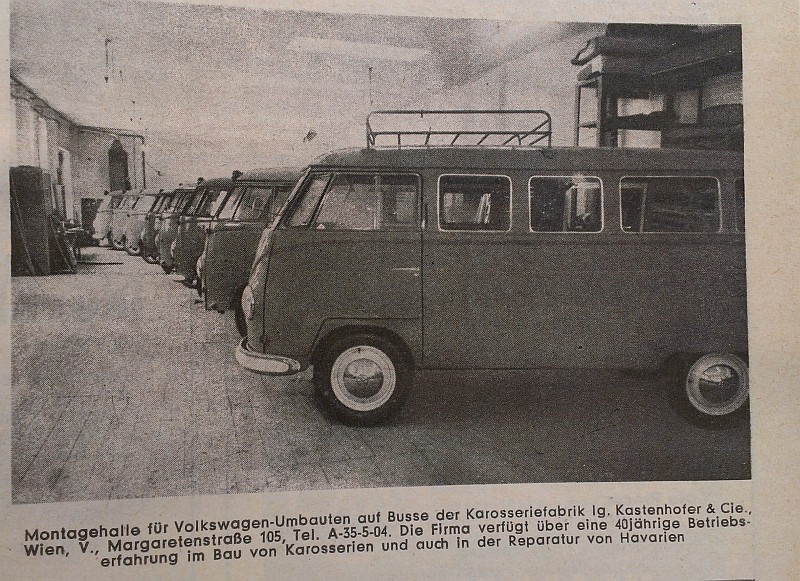




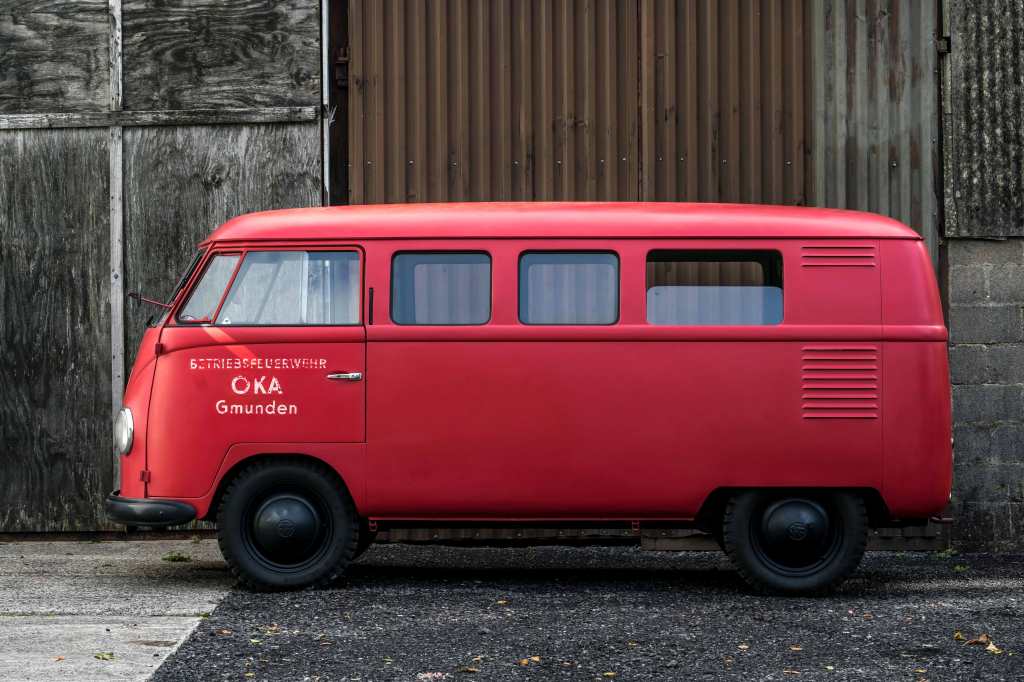

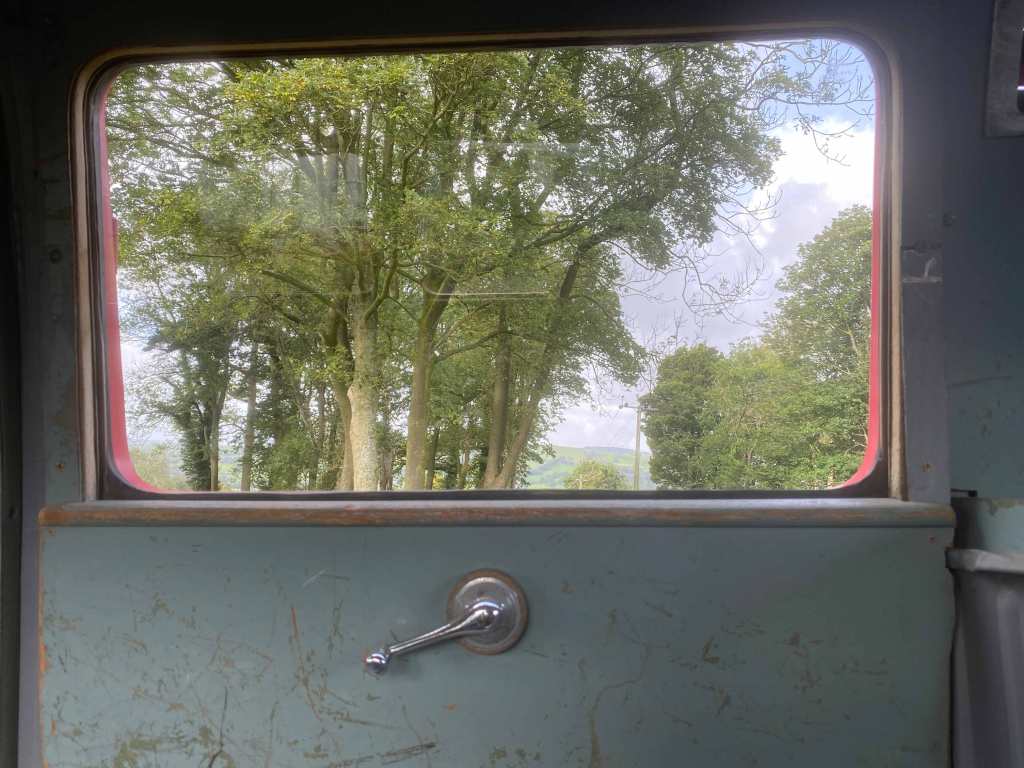
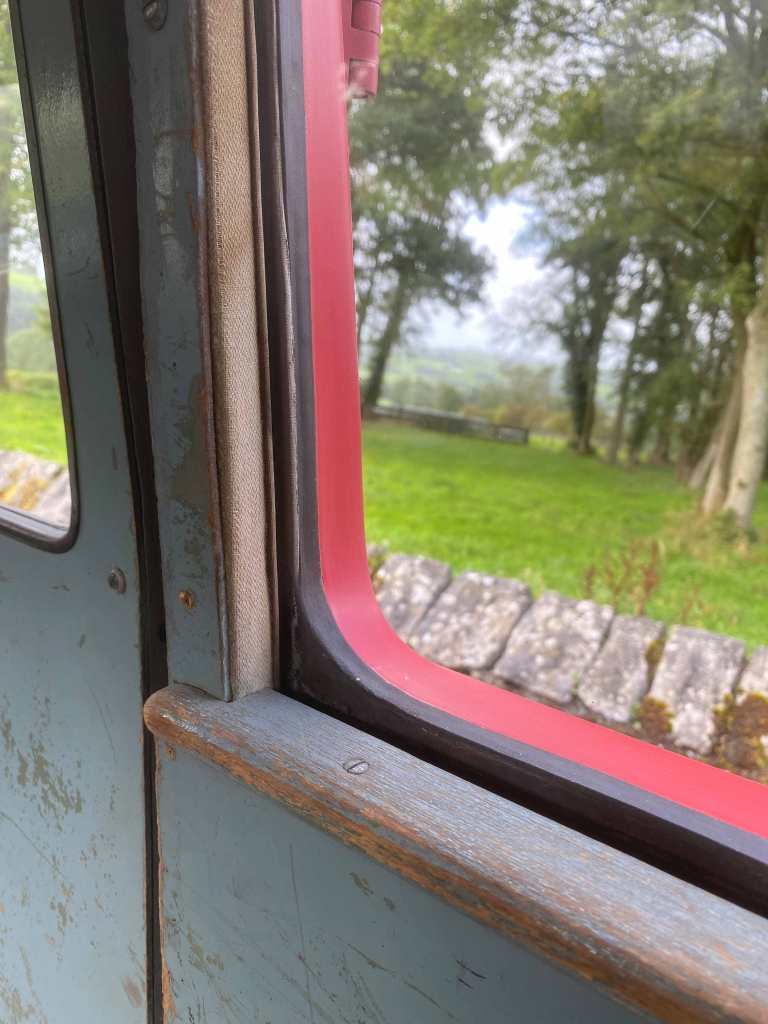




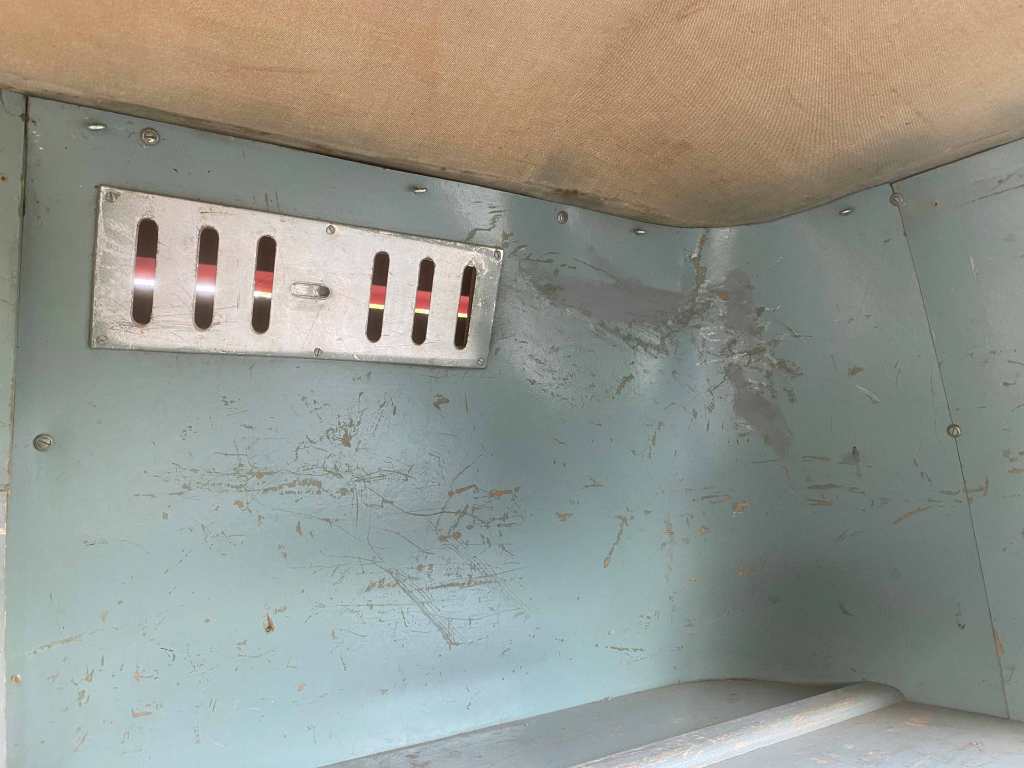

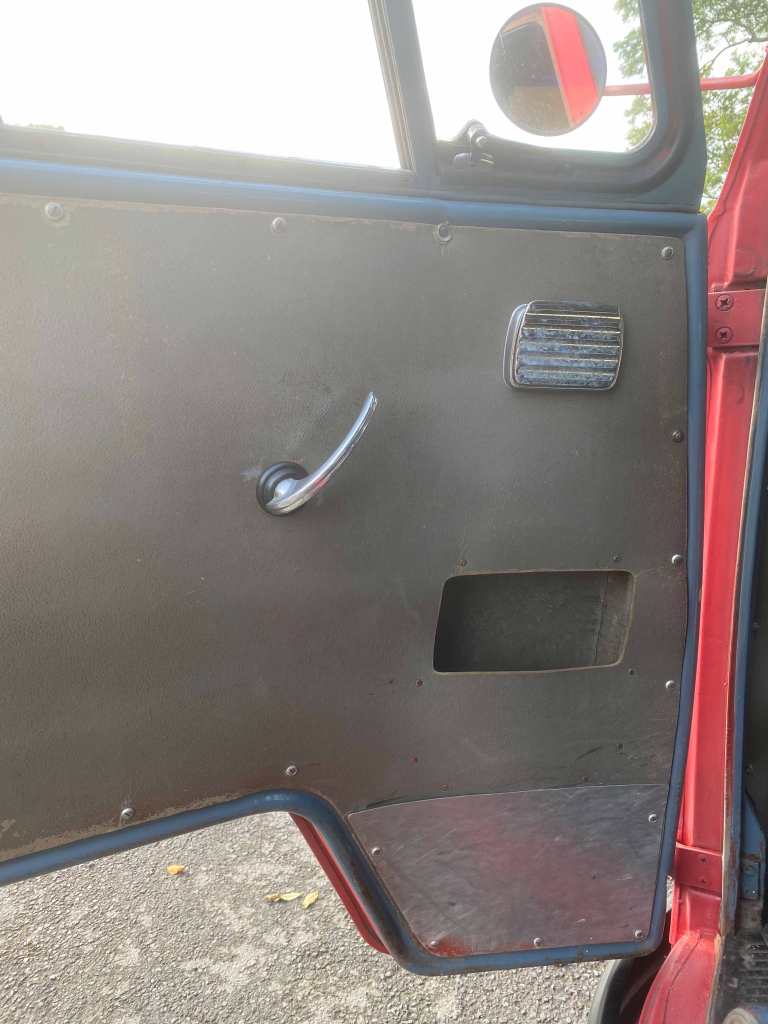



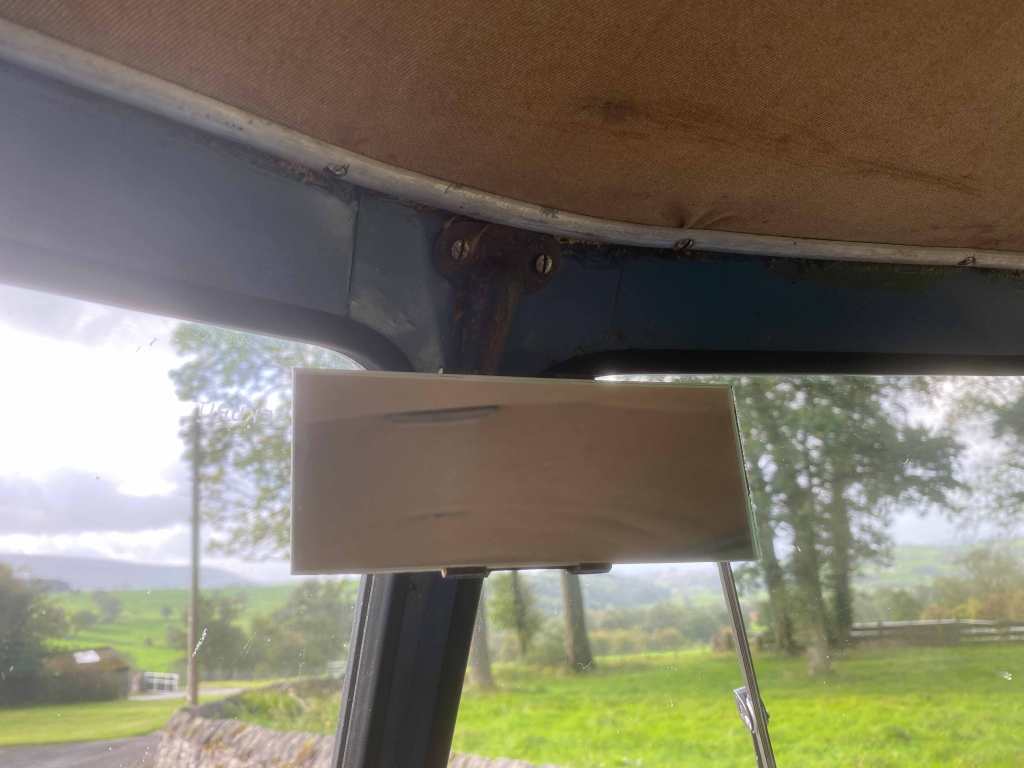







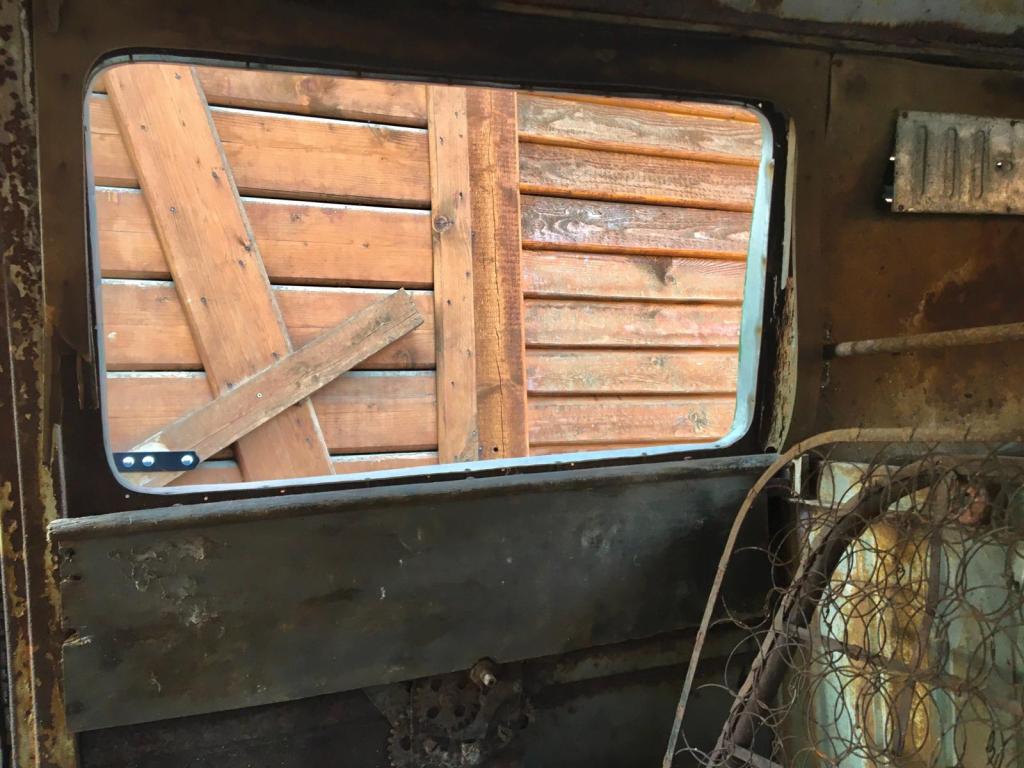
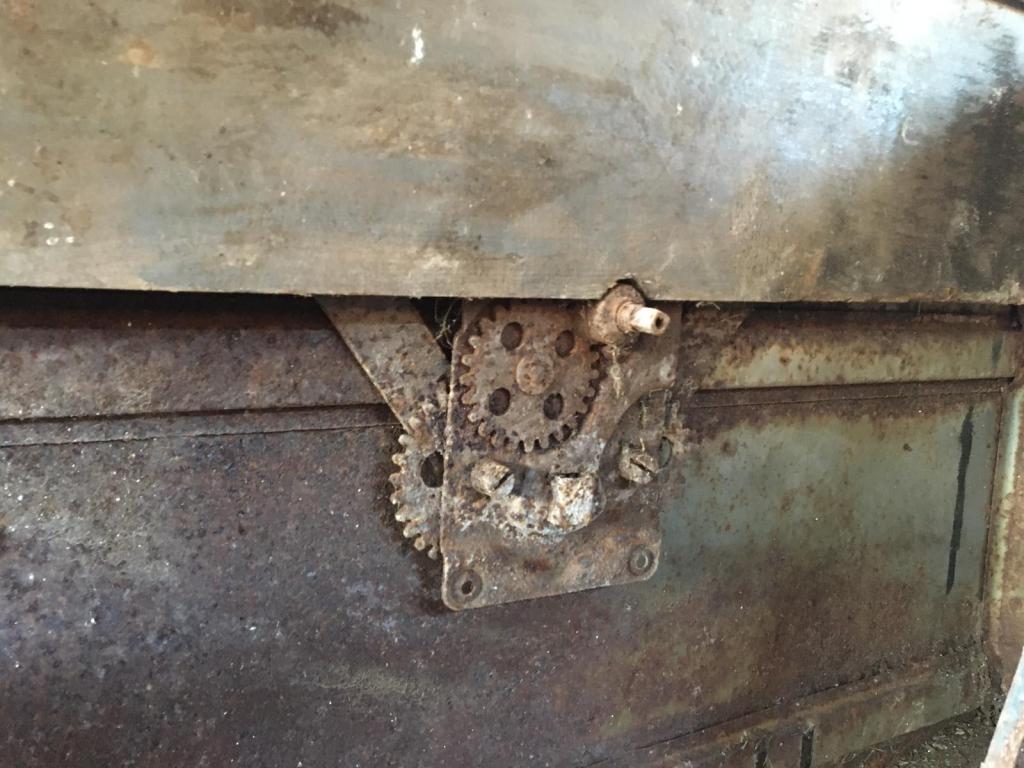





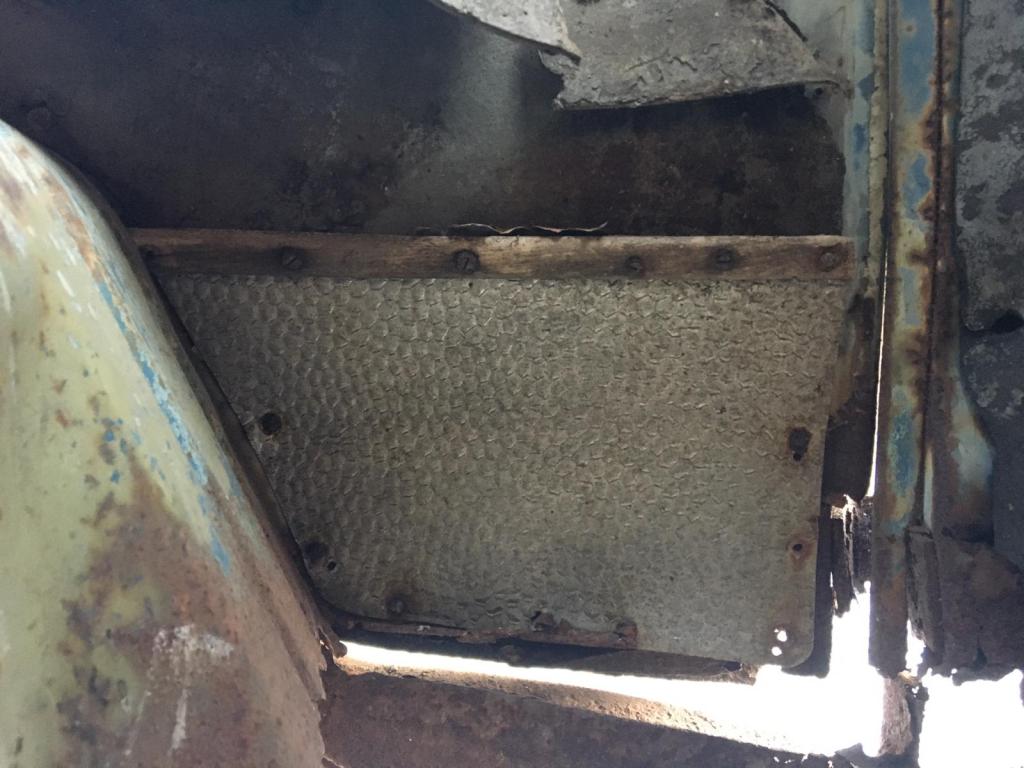
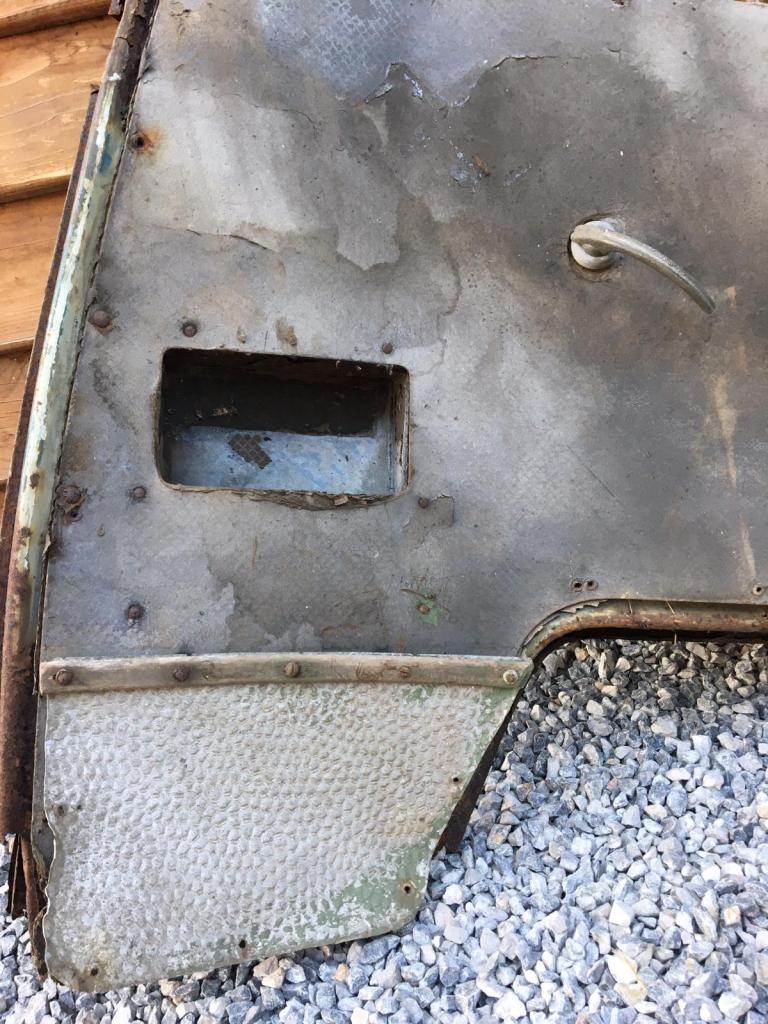


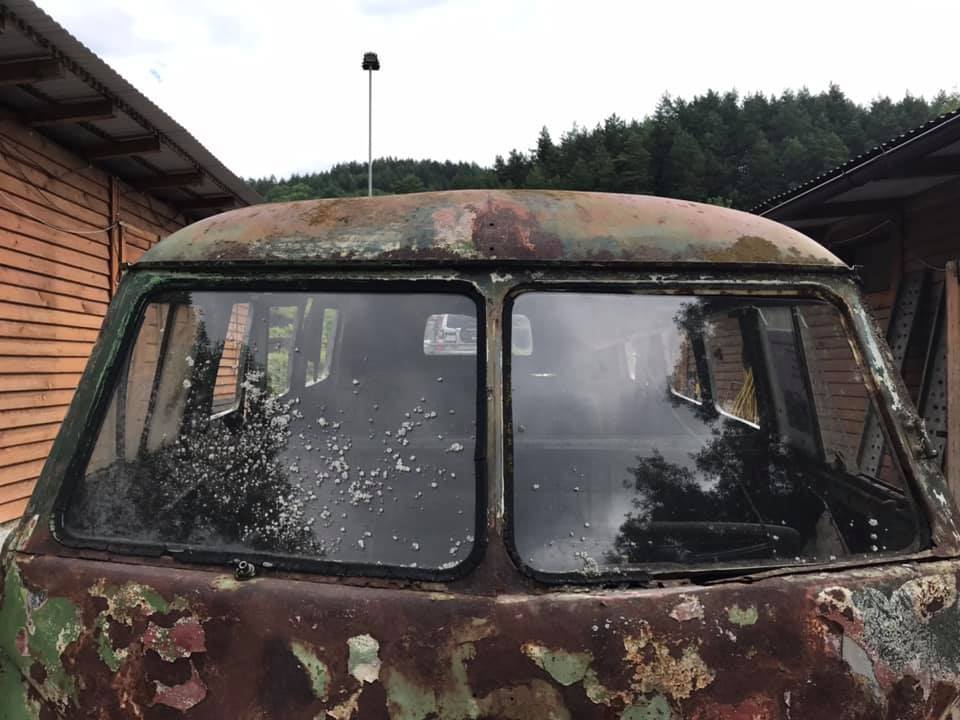








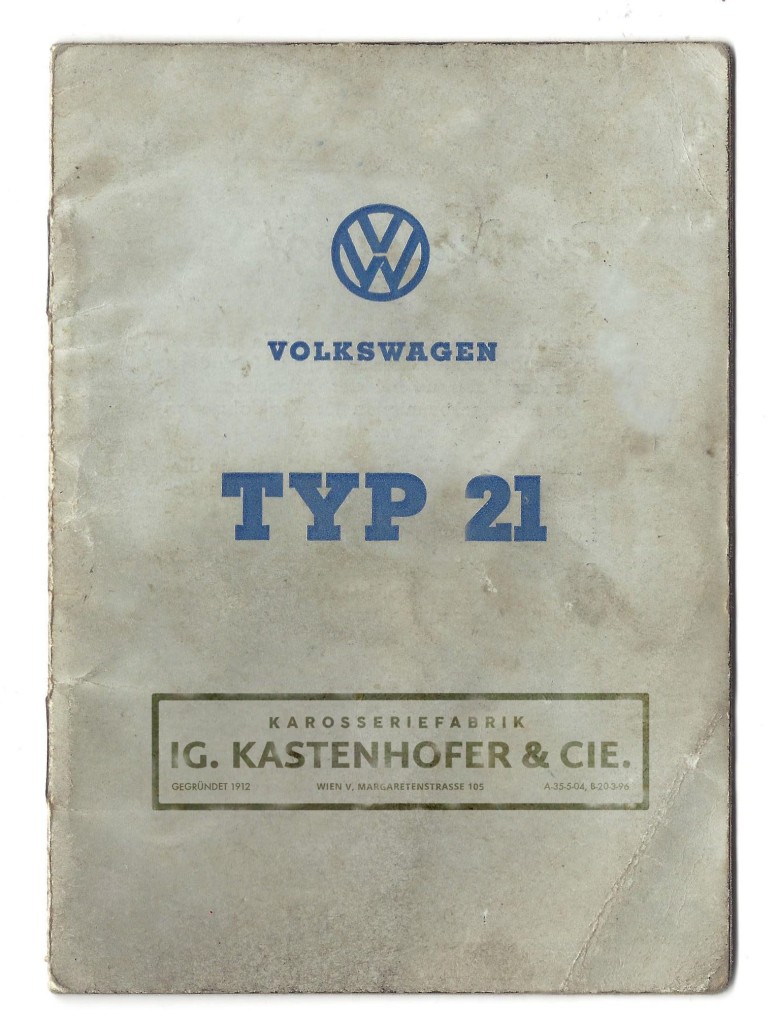


Top work! 👍👌
LikeLike
wowh, nice piece of VW research! Thanks for sharing
LikeLike